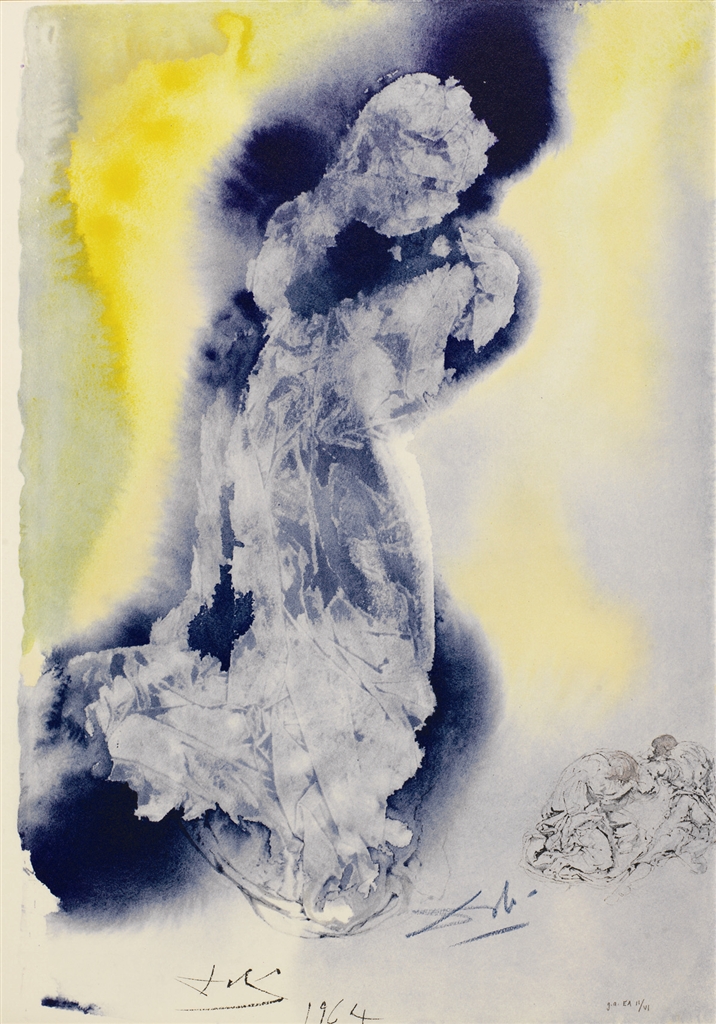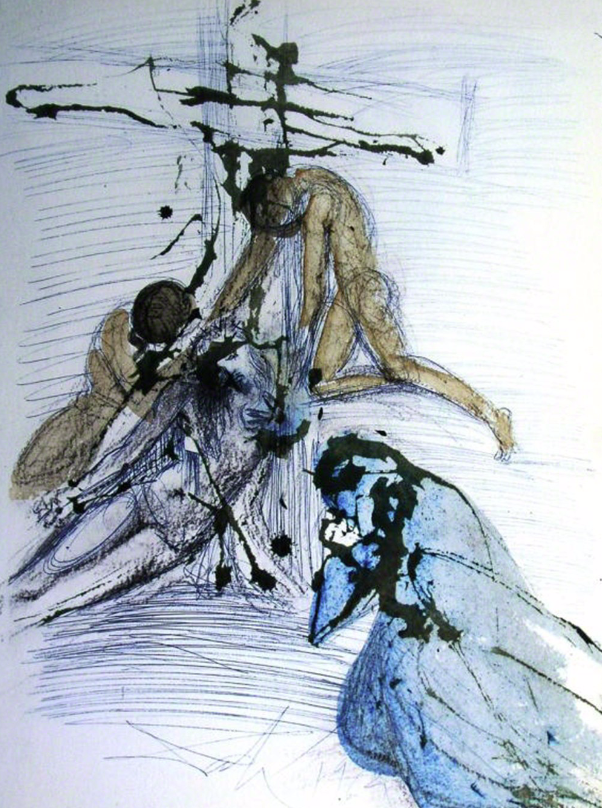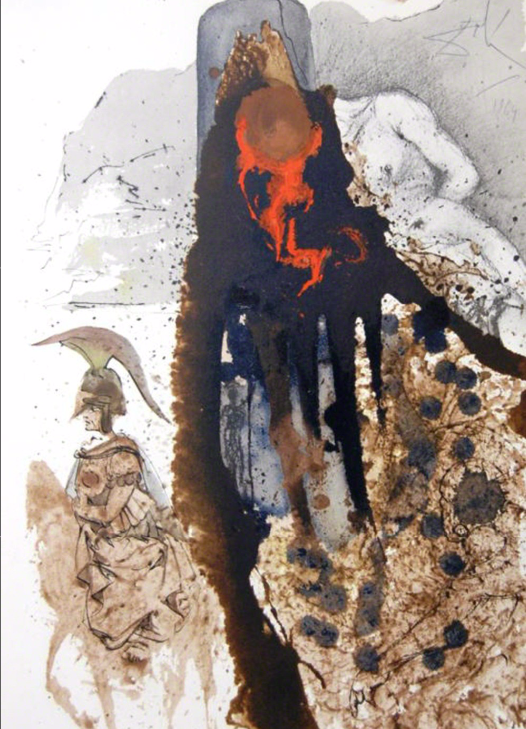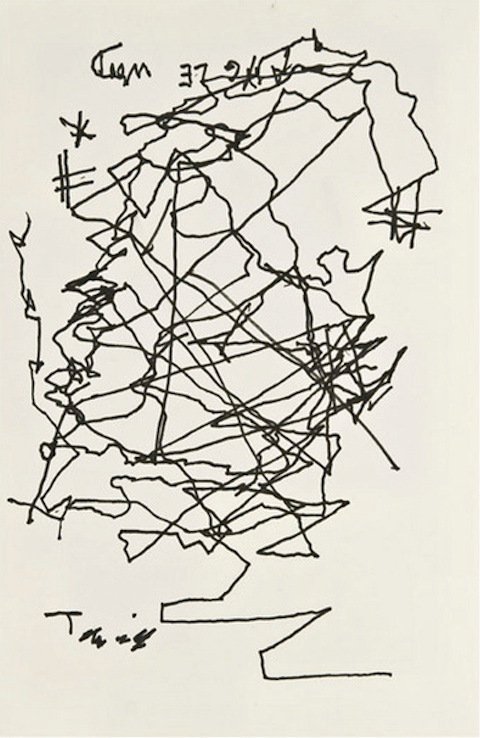Hundreds of gothic cathedrals dotted all over Europe have faced decimation and destruction, whether through sackings, revolutions, natural decay, or bombing raids. But since World War II, at least, the most extraordinary examples that remain have seen restoration and constant upkeep, and none of them is as well-known and as culturally and architecturally significant as Paris’s Notre Dame. One cannot imagine the city without it, which made the scenes of Parisians watching the cathedral burn yesterday as poignant as the scenes of the fire itself.
The flames claimed the rib-vaulted roof and the “spine-tingling, soul-lifting spire,” writes The Washington Post, who quote cathedral spokeman Andre Finot’s assessment of the damage as “colossal.” The exterior stone towers, famed stained-glass windows, and iconic arches and flying buttresses withstood the disaster, but the wooden interior, “a marvel,” writes the Post, “that has inspired awe and wonder for the millions who have visited over the centuries—has been gutted.” Nothing of the frame, says Finot, “will remain.”
The sad irony is that the fire reportedly resulted from an accident during the medieval church’s renovation, one of many such projects that have preserved this almost 900-year-old architecture. The French government has vowed to rebuild. Will it matter to posterity that a significant portion of the Cathedral dates from hundreds of years after its original construction? Will Notre Dame lose its ancient aura, and what does this mean for Parisians and the world?
It’s too soon to answer questions like these and too soon to ask them. Now is a time to reckon with cultural and historical loss, and to appreciate the importance of what was saved. At the top of the post, you can watch a virtual time-lapse recreation of the construction of Notre Dame, begun in 1160 and mostly completed one hundred years later, though building continued into the 14th century—a jaw-dropping time scale in an era when towering new buildings go up in a matter of weeks.
After taking more than the human lifespan to complete, until yesterday the cathedral stood the test of time, as the brief France in Focus tour of its eight centuries of art and architectural history above explains. “The most visited monument in the French Capital” may be a relic of a very different, pre-modern, pre-revolutionary, France. But its imposing central setting in the city, and in modern works from Victor Hugo’s Hunchback of Notre Dame to Walt Disney’s Hunchback of Notre Dame—not to mention the tourists, religious pilgrims, scholars, and art students who pour into Paris to see it—mark Notre Dame as a very contemporary landmark. Learn more about how it became so above.
Related Content:
Notre Dame Captured in an Early Photograph, 1838
The History of Western Architecture: From Ancient Greece to Rococo (A Free Online Course)
Josh Jones is a writer and musician based in Durham, NC. Follow him at @jdmagness









